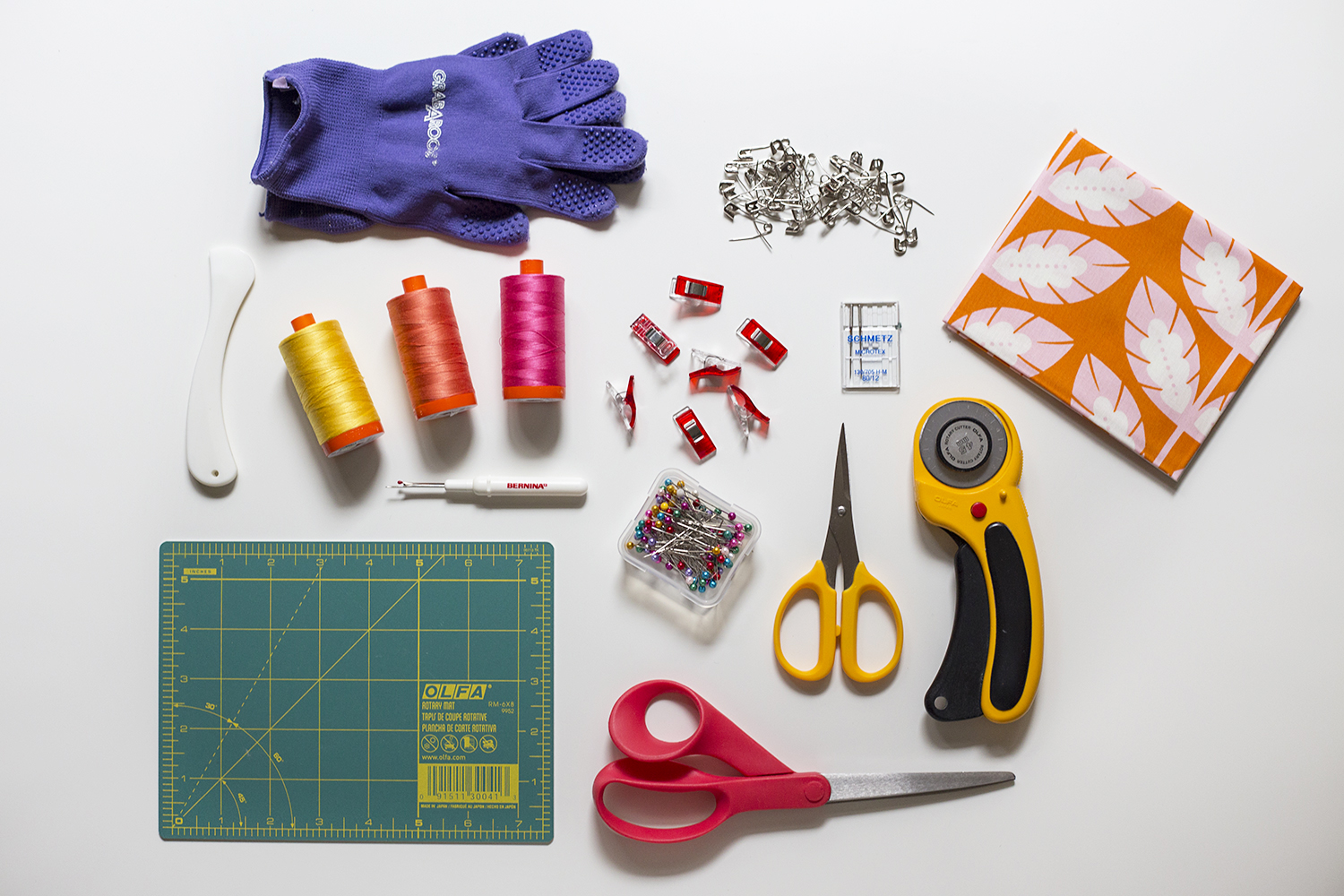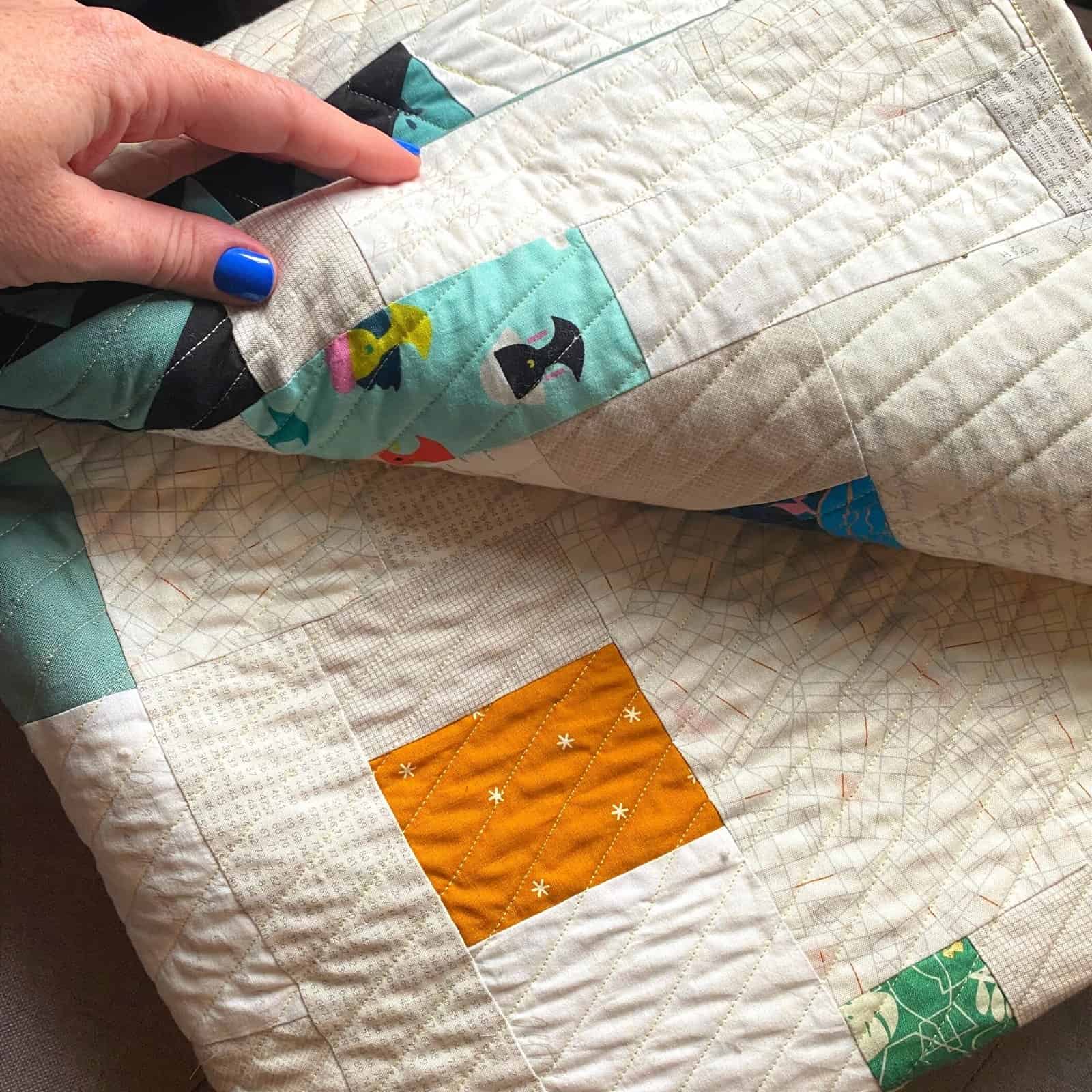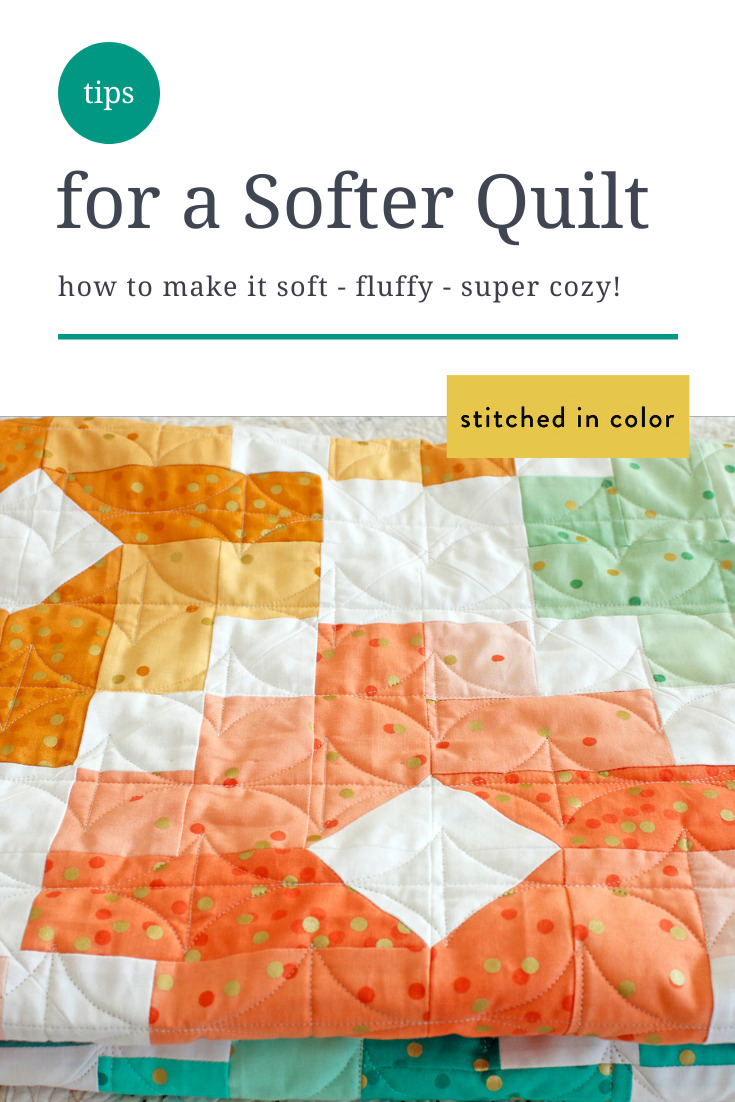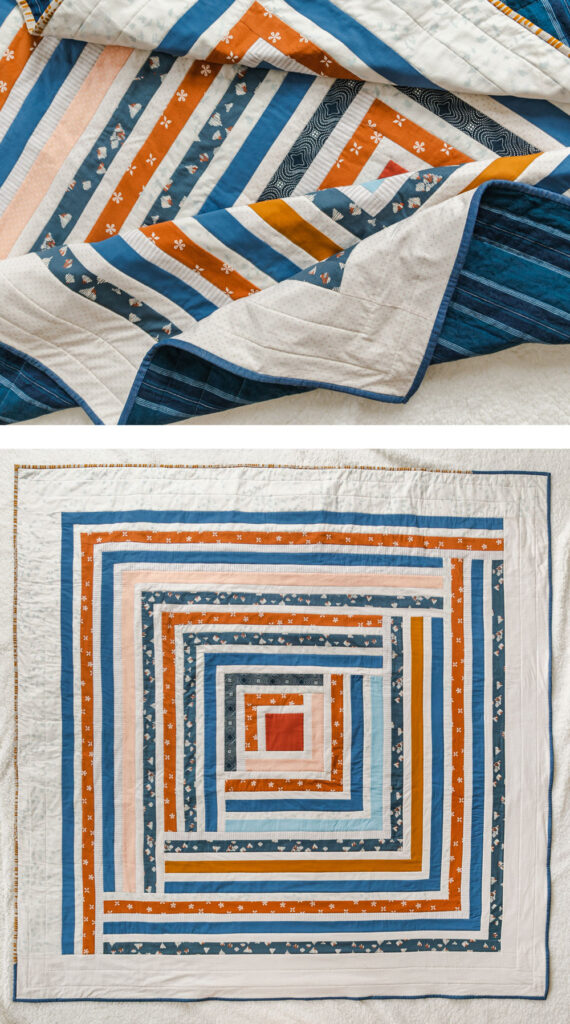Are you looking for a fun and creative craft project? Making a modern quilt is a great way to add a unique and stylish touch to your home decor. This step-by-step guide will show you how to make a modern quilt that will be a beautiful and lasting addition to your home.
Materials Needed for Making a Modern Quilt

Fabric
When making a modern quilt, it is important to choose the right fabrics. Look for fabrics with bright colors and bold prints. Avoid fabrics with traditional quilt patterns, such as calico or gingham, for a more modern look. Consider mixing different fabrics together for a unique and colorful quilt.
Thread
When sewing the fabric together, use a sturdy thread that won’t break easily. Avoid using thread that is too thick, as this will make the quilt look bulky. Choose a thread that is the same color as the fabric for a subtle look, or opt for a brightly colored thread for a more modern look.
Quilting Needles
The right needles are essential for making a modern quilt. Use a size 80/12 needle to quilt your fabric together. This size needle will be able to pierce through the fabric without leaving large holes. Use a specialty quilting needle to add a decorative touch to the quilt. These needles are designed to leave decorative patterns on the fabric when stitched.
Step-by-Step Guide to Crafting a Modern Quilt

Step 1: Choose a Pattern
Choose a pattern that suits the size and shape of the quilt you would like to create. Consider the complexity of the pattern and the amount of fabric you will require as well.
Step 2: Prepare the Fabric
Wash and press the fabric pieces before you begin sewing. This will help to ensure that the fabric pieces will not shrink while in the quilt. Cut the fabric pieces to the desired sizes and shapes specified in the pattern.
Step 3: Sew Together Quilt Blocks
Lay out the blocks according to the pattern and sew them together. Take care to ensure that all the seams are even and there are no gaps or puckers in the fabric.
Step 4: Assemble the Quilt Top
Lay out the quilt blocks according to the pattern and sew them together. This will create the quilt top.
Step 5: Add Batting
Cut the batting to the same size as the quilt top and place it on the back of the quilt top. Pin the batting to the quilt top.
Step 6: Quilt the Layers
Quilt the layers together using a quilting stitch. This will hold the batting, quilt top and backing fabric together.
Step 7: Bind the Quilt
Bind the quilt by stitching the batting, quilt top and backing together. This will finish the quilt and make it ready for use.
Design Tips for Making a Modern Quilt

Use Bold Colors
When designing a modern quilt, one of the most important steps is to choose bold colors. Don’t be afraid to experiment with color combinations, such as bright oranges and blues, or deep purples and greens. Using a variety of colors can help create a quilt that stands out and grabs attention.
Utilize Negative Space
Negative space is an important element of modern quilt design. By using negative space, you can create an overall design that is more interesting and visually appealing. Try to create a balance between the positive and negative space in your quilt by adding empty blocks or strips of fabric.
Play with Scale
Another important element of modern quilt design is to play with scale. You can create a quilt with a variety of sizes of blocks, from large to small, or you can use the same size blocks and arrange them in an interesting pattern. Play around with different sizes and shapes to create a quilt that has a unique look.
Create Textural Interest
Finally, don’t forget to add textural interest to your modern quilt. You can do this by using different fabrics, such as quilted cotton, flannel, or fleece. You can also use different techniques, such as applique, embroidery, or quilting. By adding texture to your quilt, you can create a quilt that has a unique and interesting look.
Finishing Touches
Add a Label
Adding a label to the quilt is a great way to personalize it and give it an extra special touch. A simple piece of fabric sewn on the back of the quilt with the quilter’s name and the date the quilt was finished is a classic option. If the quilter is feeling particularly creative, they can also add a custom embroidered label or appliqué a special design onto the quilt.
Option to Add a Sleeve
Quilters may also choose to add a sleeve to the back of the quilt. This sleeve can be used to hang the quilt on the wall or to slide a rod through for displaying the quilt. The sleeve should be made from a strong fabric like muslin or denim and should be wide enough to fit the rod or wall hanger. The sleeve should be securely attached to the back of the quilt with a few rows of stitching.
Frequently Asked Questions
What Types of Fabric Are Best for Making a Modern Quilt?
Cotton: Cotton is a popular choice for quilting projects and is widely available in a variety of colors and patterns. Cotton is lightweight, breathable, and durable, making it ideal for all types of quilts.
Linen: Linen is a great choice for modern quilts due to its durability and lightweight properties. It is also available in a wide range of colors and patterns, adding texture and interest to a quilt.
Silk: Silk is a luxurious choice for quilts and is often used in modern designs. It is lightweight and has a beautiful sheen that adds a sophisticated look to a quilt.
Wool: Wool is a great choice for modern quilts as it is durable and warm. It is also available in a wide range of colors and patterns and can add texture and interest to a quilt.
Synthetic Fabrics: Synthetic fabrics such as polyester and nylon can be used for modern quilts as they are often lightweight and come in a wide range of colors and patterns. Synthetic fabrics are also often less expensive than natural fabrics.
What Materials Are Needed to Make a Modern Quilt?
Fabric: Choose fabrics that have a modern look, such as geometric prints, graphic designs, or bright colors. You will need enough fabric to cover the size of the quilt as well as fabric for the backing and binding.
Batting: Choose a batting that is lightweight and warm. This will provide warmth and comfort for the quilt.
Thread: Choose a strong, durable thread in a color that will match or coordinate with the fabric.
Rotary cutter, mat, and ruler: You will need a rotary cutter, cutting mat, and ruler to accurately cut fabric pieces to the desired size.
Pins: Pins will be used to secure the fabric pieces during the quilting process.
Sewing machine: A sewing machine will be needed to assemble the quilt and to add the binding.
What Techniques Are Used in Modern Quilt-Making?
Modern quilting techniques include creating precise and intricate designs using paper-piecing, curved piecing, and applique. Layering and quilting are used to secure the fabrics together, and modern quilters often use decorative stitching to add texture and interest to their quilts. In addition to traditional hand-quilting, many quilters are now using longarm machines and digital technology to quilt their projects. Other popular techniques include improvisational piecing and thread painting.
How Long Does It Take To Complete A Modern Quilt?
Planning and Preparing:
- Selecting the quilt pattern and fabric: 1-2 hours
- Cutting the fabric: 2-4 hours
- Organizing the pieces: 1-2 hours
Piecing the Quilt Top:
- Assembling the blocks: 5-15 hours
- Joining the blocks: 1-3 hours
- Sewing the border: 1-2 hours
Quilting:
- Basting the quilt top, batting, and backing: 1-2 hours
- Quilting the layers together: 4-10 hours
Finishing the Quilt:
- Adding binding: 2-4 hours
- Attaching the label: 0.5-1 hour
Total: 15-40 hours
What are the Different Stages of Modern Quilt-Making?
Modern quilt-making involves four main stages: design and preparation, piecing, quilting, and binding.
Design and Preparation: The quilt’s design is the first step in the quilt-making process. Quilters decide on the size and shape of the quilt, the fabric to use, and the pattern to be created. The fabric is then cut into the desired shapes and pieces.
Piecing: After the fabric is cut, the pieces are sewn together to form the quilt top. This step involves sewing the pieces together to form a pattern, following the quilter’s design.
Quilting: The next step is quilting, which is stitching the quilt top, batting, and backing together. This step is done with a sewing machine and thread, and the quilter can choose from a variety of quilting designs.
Binding: The last step is binding the quilt. This involves sewing the edges of the quilt together and often involves a decorative stitch to finish the quilt.
Conclusion
Making a modern quilt can be a great way to express your creativity and show off your unique style. With a few basic supplies and some creativity, you can craft a beautiful quilt that is perfect for any home. Whether you are a beginner or an experienced quilter, this guide should have given you the tools you need to begin creating your own modern quilt.






